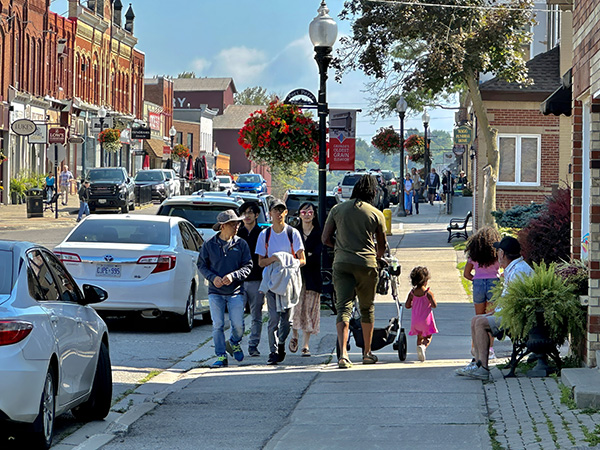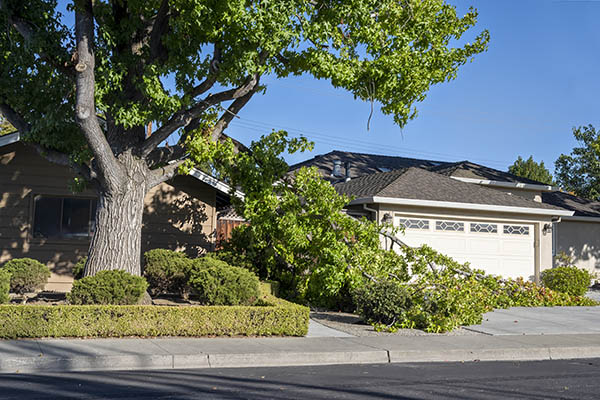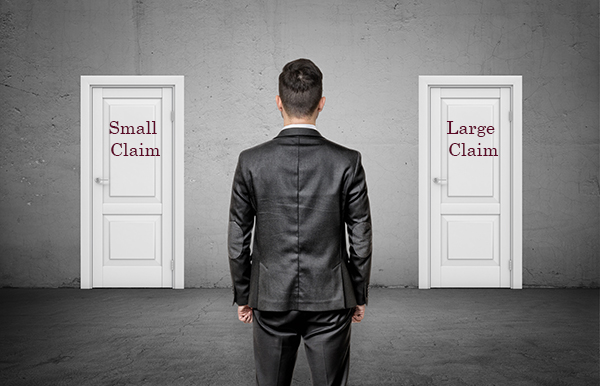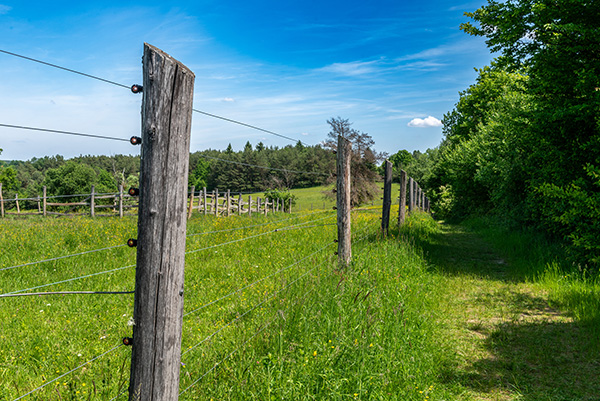
How Adverse Possession May Impact Your Property Rights
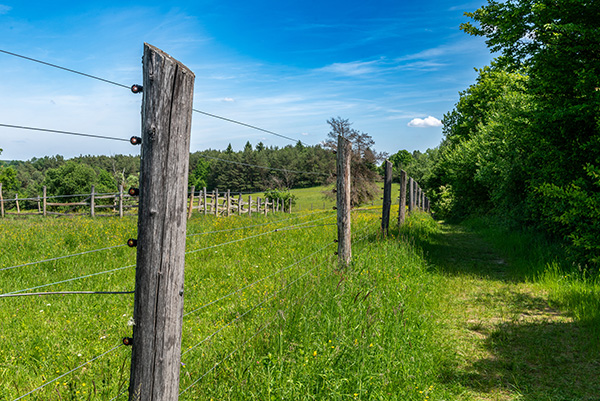
Adverse possession is a legal doctrine that allows a person who occupies another person’s property for a specified period of time may gain title to that property. The law of adverse possession is based on a combination of statutes and Wisconsin Court decisions.
For example, if someone owns a farm or recreational property and a fence was initially placed in the wrong location decades ago, the adjacent property owner may end up owning a strip of land up to the fence line that really is not theirs based on the legal description in the deed. Another example would be if someone places a shed or a structure over the property line, and the adjacent property owner does not complain about it. The person who put the shed on the property may gain title to that portion of land containing the shed.
These issues typically come to light when one of the parties wants to sell their land and has a survey conducted. It is discovered that the boundaries set forth in the legal description of the deed do not match with how the parties have been utilizing the property over an extended period of time.
The most common way that adverse possession is obtained is through actual use of someone else’s property for a continuous 20 year period. To claim adverse possession, the following criteria must be met:
- Actual possession: The court will look at how the property is actually utilized. If the property is protected by a substantial enclosure such as a fence, for example, where the property has been usually cultivated or improved, that will constitute actual physical possession of the land that is in dispute.
- Hostile Use: The use of the disputed land must be inconsistent with the rights of the true owner of the land.
- Open and Notorious Use: The use of the land must be open and visible.
- Continuous Use: The use must be continuous for a 20 year period. It should be noted that this 20 year period can be calculated by using the activities of prior owners of the property as well as the current owners.
- Exclusive Use: There must be exclusive use of the disputed property by the party claiming that they own the disputed property based on adverse possession.
There are statutory provisions which permit you to interrupt somebody’s adverse possession of your property by filing an affidavit of interruption. There are two other statutory ways that someone could obtain adverse possession based upon a conveyance of title. Those have a ten year statute of limitations, and a seven year statute of limitations respectively. There can be a lot of complexities involved in an adverse possession case.
Adverse possession cases can be complex, very fact intensive, and require witnesses from many years ago to establish how the properties have been utilized. They can be very expensive to pursue in court. It is important to be diligent and to inspect your property to make sure that neighbors are not encroaching on your boundary. Otherwise, you may end up losing a portion of your land through adverse possession.
If you have any questions on these issues please meet with one of our experienced litigation attorneys. They will help you protect your property and your rights.

